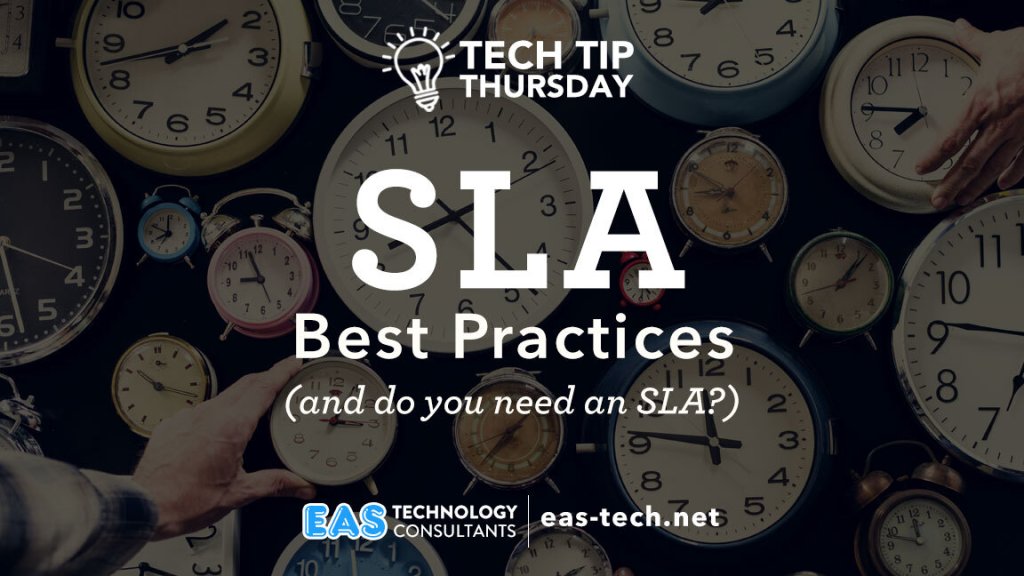
Are your Service Level Agreements (SLAs) current enough to guarantee you the optimal return on investment from technology vendors and service providers?
What is an SLA?
SLAs (Service Level Agreements) are documents that define the level of service a customer can expect from an organization. These documents outline specific objectives and criteria that must be met in order for the agreement to be fulfilled. They also provide customers with a set of expectations about what they can reasonably expect from the organization providing them with services, such as response times, resolution times, and availability of services. Additionally, SLAs provide organizations with a way to measure their performance against the agreed-upon criteria in order to ensure they are providing an acceptable level of service at all times. Ultimately, SLAs help both customers and organizations by creating clear expectations between them and ensuring that those expectations are being met on a consistent basis.
What are the key components of an SLA?
The key components of an SLA include the terms of the agreement, response time requirements, service availability requirements, resolution time requirements, reporting requirements, and penalty clauses. The terms of the agreement outline the parties involved in the agreement as well as any other pertinent information about the relationship between them.
Can we create SLAs for Shadow IT?
First, let’s define Shadow IT. Shadow IT is any technology that is used within an organization without approval from the IT department.
While it can be difficult to create SLAs for Shadow IT, they can still be created and enforced. The key here is to ensure that all users are aware of the SLAs and their responsibilities in adhering to them, as well as actively monitoring use of unauthorized technologies in order to ensure that the SLAs are being followed. Additionally, organizations can create policies and procedures related to Shadow IT use that clearly outline expectations for user behavior as well as consequences for noncompliance with the SLA. In this way, organizations can still measure their performance against agreed-upon criteria even when it comes to Shadow IT.
What happens if an SLA is missed?
If an SLA is not fulfilled, there can be a variety of consequences. Depending on the terms of the agreement, these can include financial penalties or termination of services. Additionally, missed SLAs can lead to decreased customer satisfaction and trust in the organization providing service, which can have serious long-term implications.
Does my organization need an SLA with its IT provider?
Yes, it is important for organizations to have an SLA with any IT provider they are working with. An SLA outlines the expectations and responsibilities of both parties in a clear and concise way, ensuring that customers know exactly what they can expect from their IT provider.
These are just some of the facets of an SLA. In summary, SLAs are important documents that help ensure that both customers and IT providers know exactly what to expect from each other, enabling them to work together more efficiently and effectively. They also provide organizations with a way to measure their performance against agreed-upon criteria, helping them maintain customer satisfaction even in the face of Shadow IT. Ultimately, SLAs help create clarity and trust between customers and organizations, enabling them to work together more successfully.
